The Great Smoky Mountains is blessed with two essential ingredients for the creation of waterfalls: abundant rainfall and elevation gradient. An average of 85 inches of rain per year falls upon the Smokies high country. During wet years, these glorious peaks receive over eight feet of rain. This overflowing rainfall races down mountain sides, from high peaks and down to the foothills of the park boundaries, creating some of the best water features that nature has to offer. There are over a dozen waterfalls reachable by trails, and hundreds more hidden away within this National Park. Here is but a small sample.
Abrams Falls
The falls and creek are named after Cherokee leader Oskuah who adopted the name, Abrams. It was his village that once stood several miles downstream from the waterfall. Located on a 5-mile in-and-out hike within Cades Cove, Abrams Falls makes up for its lack of height in its volume of water. From 20 feet, water cascades down and into deep pools, making it the perfect place for a summer swim. I will apply some words of warning here: Abrams Falls is notorious for being one of the most dangerous locations in the park, largely because of drowning, hypothermia, and falling hazards. Since 1970s, there have been dozens of deaths as a result of water incidents, so be careful out there.
Although the guides mark the trail as moderate, it would handily qualify as difficult in quite a number of spots. The trail starting from Cades Cove curls around ridges, while approximately following Abrams Creek. The route crosses through a pine-oak forest along the ridge tops, and through hemlock forests closer to the creek. If you go early in the season, you’ll have this fantastic intermediate hike unhindered by crowds and a great payoff at the end. If you’re the adventurous backpacker, you can extend your hike by continuing to either Hannah Mountain or Hatcher Mountain and in solitude — since those trails are largely unused by humans all year round.
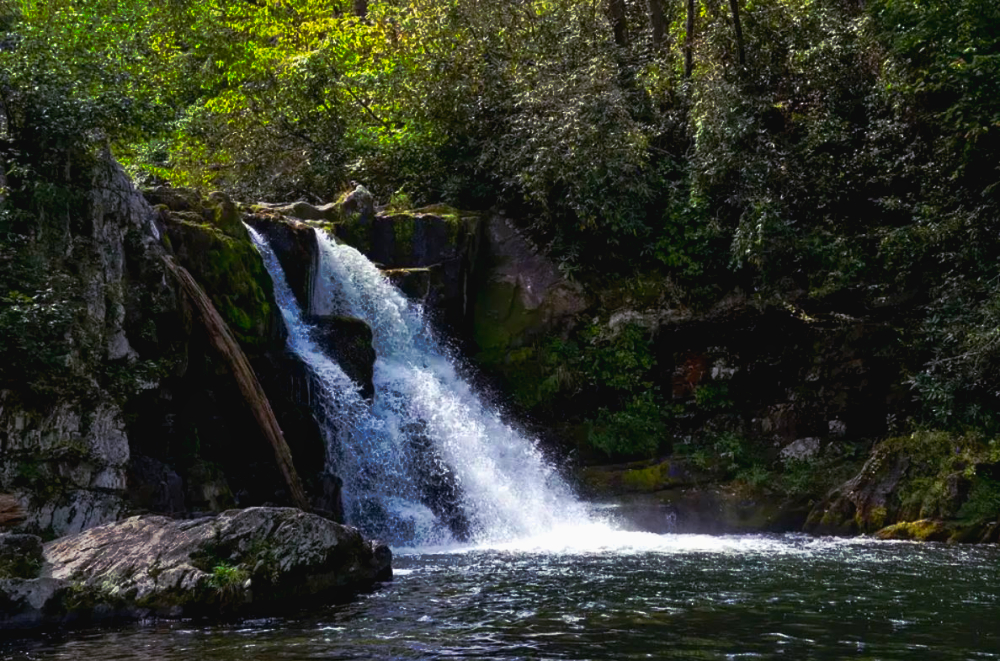
Abrams Falls
Grotto Falls
Grotto Falls is best seen before peak season when students are still in school. If you go in May, you might catch the first of the Trilliums and other wildflowers in bloom. By Smoky Mountain standards, the hike is easy at less than 3 miles round trip, and an elevation gain of 450 feet. You’ll meander through an old growth hemlock forest while crossing over bubbling streams, so practice your rock-hopping skills. This 25-foot high waterfall is a perfect refuge for salamanders and other smaller amphibians, so watch your footing and keep an eye out for the little critters.
For those with additional endurance, you can visit the summit of Brushy Mountain for another 2 miles, or another 5.6 miles to reach the 6593-foot summit of Mt. LeConte — both have pretty stunning views.
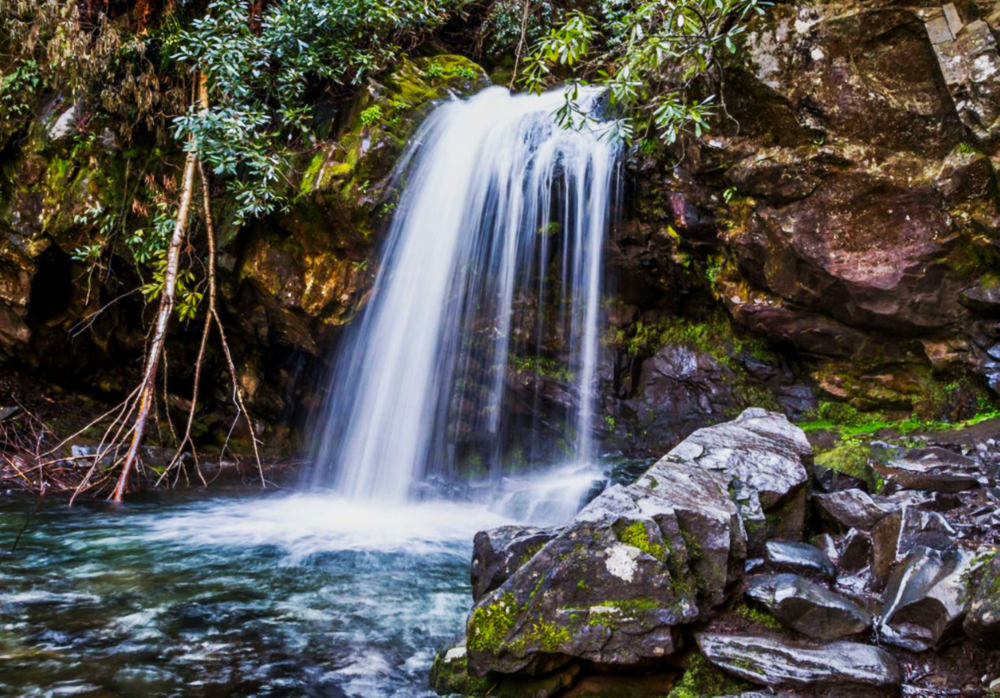
Grotto Falls – Go early in the day, and before peak season
Laurel Falls
Another easy and popular hike is Laurel Falls. At 2.5 mile round trip and an elevation gain of 314 feet, it’s no wonder that families with kids go on this hike. The biggest hurdle will be to find parking, so go early in the day or go late, on a weekday, either in April or May in spring, or October or November in the fall. The trail is well-groomed ever since it was paved in 1963 to halt problems with erosion.
I suggest getting a self-guided tour pamphlet from the visitor center beforehand, and if you got kids, take your time and read it aloud. As you approach the falls, you will hear the roars of both cascading waters and the throng of peak-season tourists. Be sure to stay awhile to enjoy one of the most magnificent waterfalls in the park. For a bonus round, consider hiking another 2.7 miles from Laurel Falls to visit the old fire tower atop Cove Mountain.
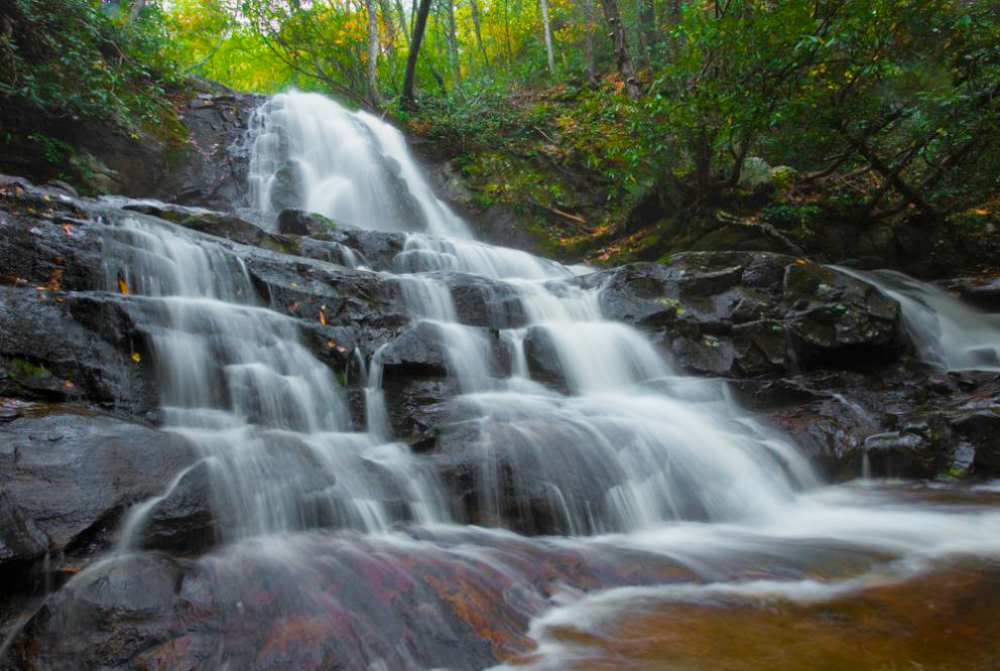
Laurel Falls – Peak-season crowds, go in spring or fall, on a weekday, and before 10 am or after 2 pm for fewer crowds.
Spruce Flats Falls
Located in the Tremont section of the Great Smoky Mountains, Spruce Flats Falls is a darling lesser-known waterfall. To reach Spruce Flats Falls Trail, you’ll need to turn from Laurel Creek Road and onto Tremont road and follow it for 2.2 miles. At the end of the road, you’ll find the Great Smoky Mountains Institute, where you can park your car. From there walk up the paved road into the Tremont complex until the pavement ends at 0.2 miles. The trail actually begins just behind the buildings.
The total length of the trail is a little over 1 mile (2 miles round trip) before reaching the waterfall. For some reason, the guidebooks mark it as a moderate trail, but I would edge that rating more toward difficult due to some steep sections, rocky areas, snagging tree roots, and particularly the final descent to Spruce Flats Falls itself. The trail will take you through a young second-growth forest, and in the spring you’ll be surrounded by pink-white mountain laurel blooms. At the waterfall, you’ll notice the main section, where water drops down from 30-feet and then cascades over a smaller drop before landing in a beautiful plunge pool at the bottom. Certainly a hike well worth the effort.

Spruce Flats Falls – Hidden gem with a short but tricky hike. Wear good hiking boots and watch your footing.
Bonus! Tiny Critters
Although most people are drawn to waterfalls, folks pause before they can say why. Some say it’s the sound of the water tumbling over the rocks, while others focus on the overall beauty and tranquility. For me, it’s the critters! If you look carefully and if you’re lucky you’ll find all kinds of small animals hiding nearby waterfalls and streams.
- Four-toed salamander
- Green salamander
- Black Rat Snake
- Centipede
- Spring Peeper
- Broadhead Skink
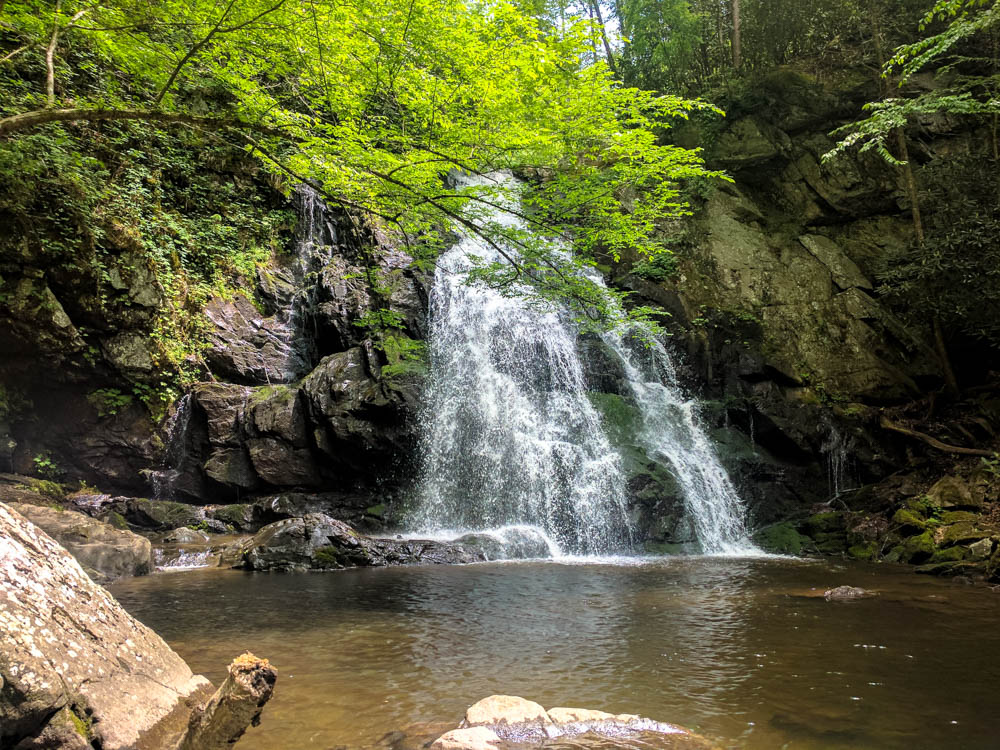
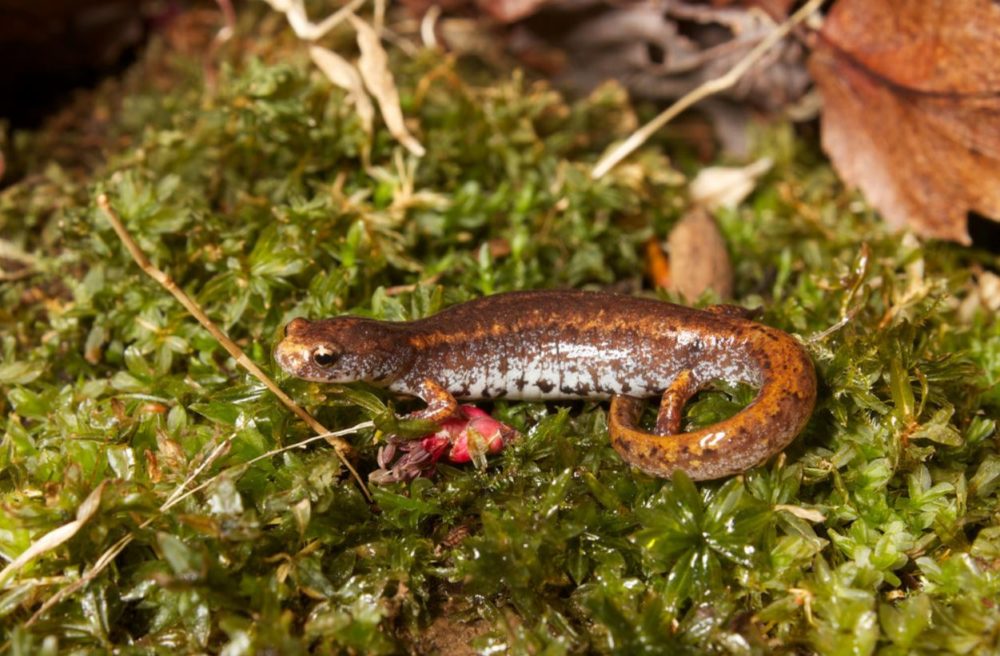
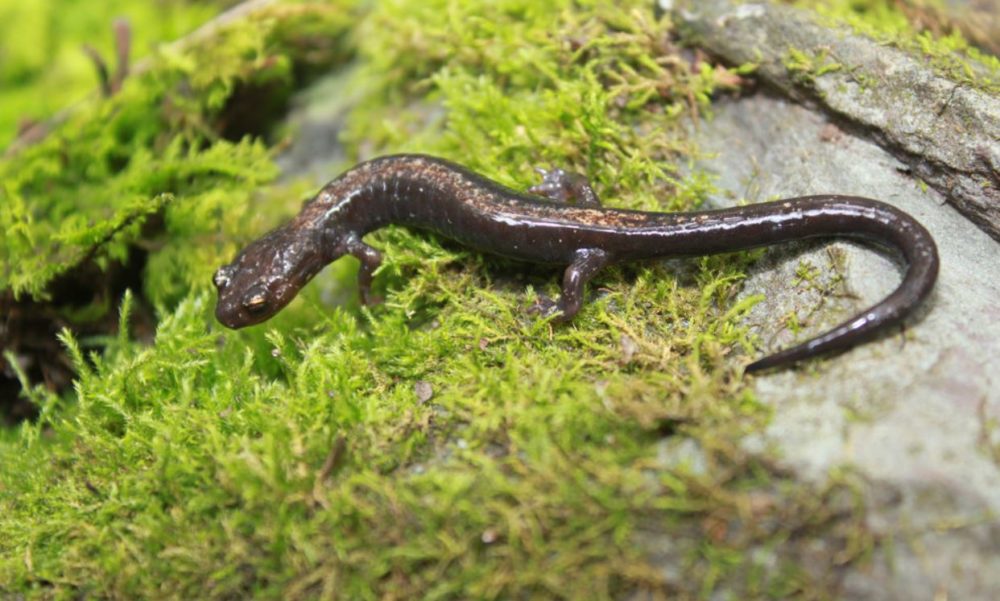
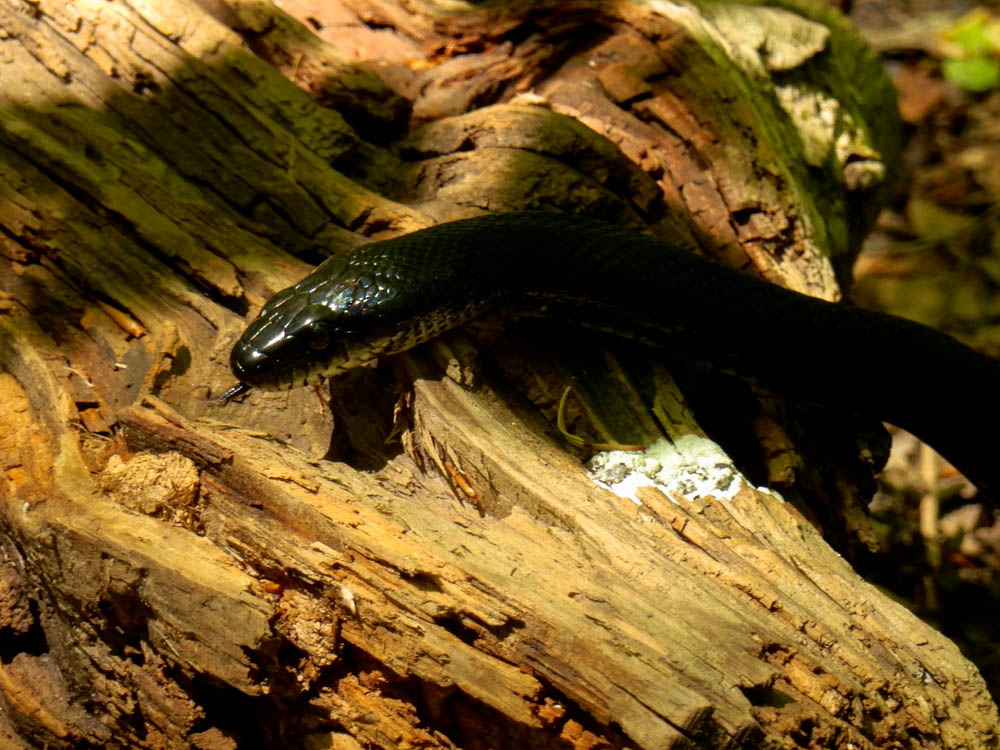
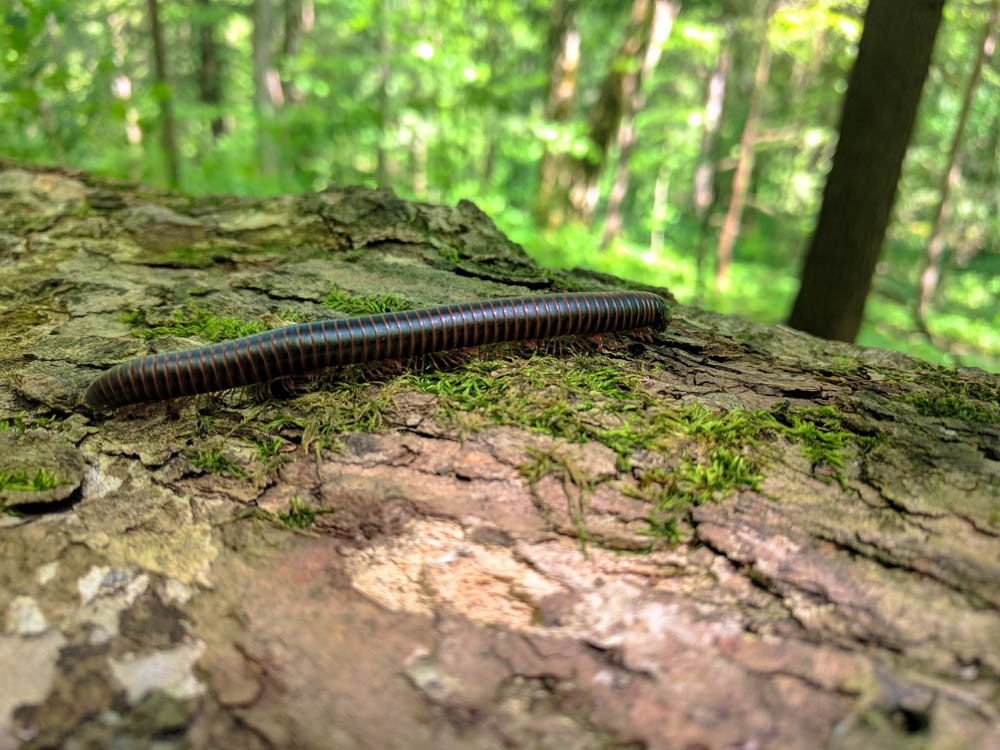
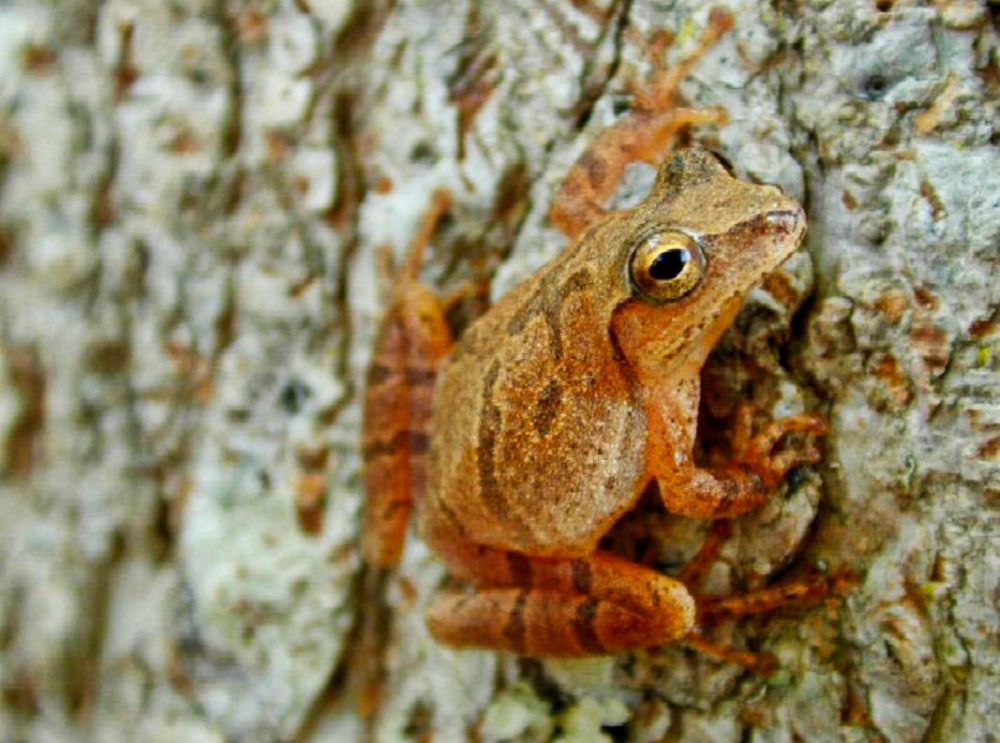
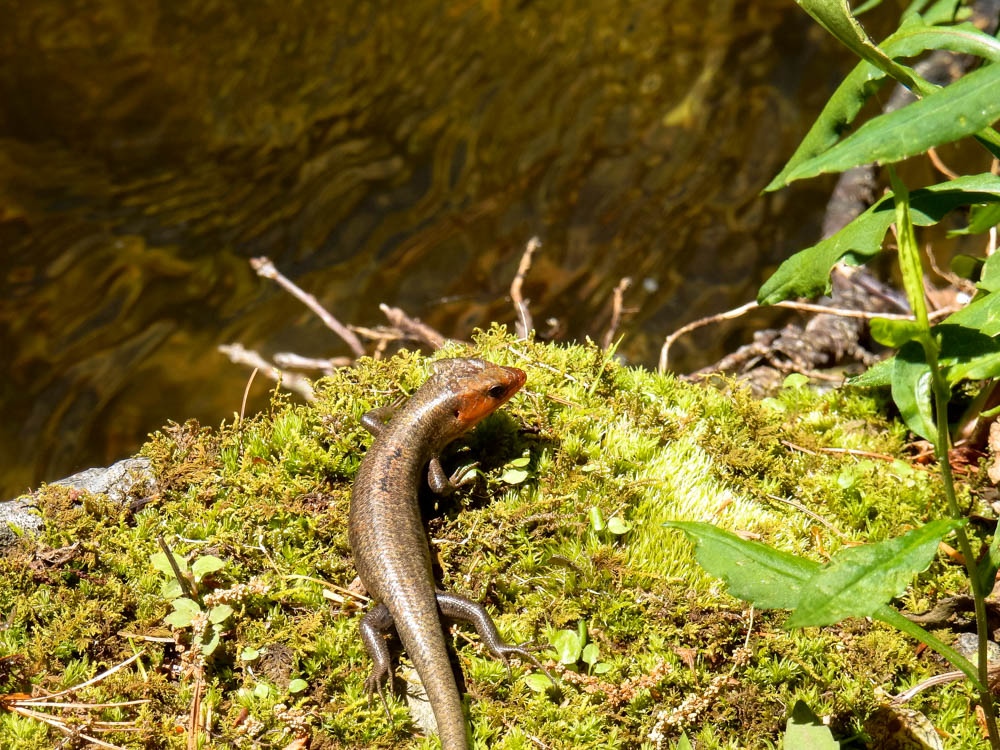
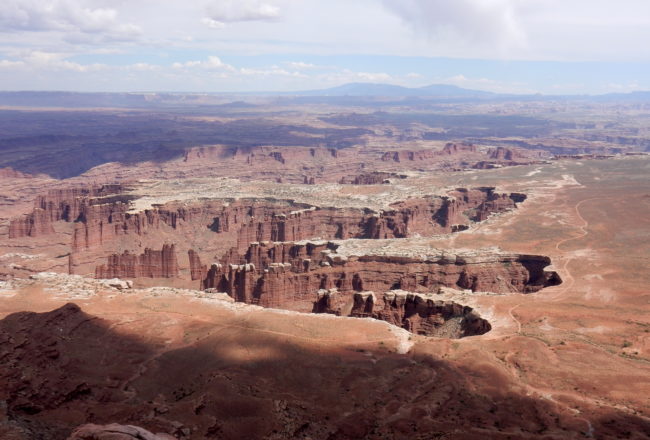

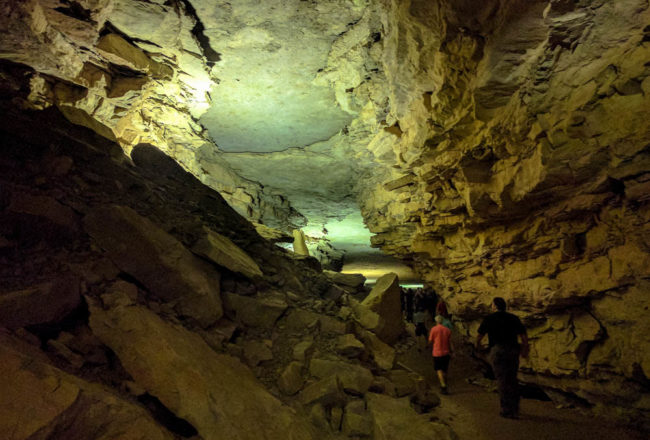


2 Comments
Great summary of some beautiful waterfalls. Been to most of them, but your blog entry makes me want to go back. Great pictures as well, including the critters! Thx.
Lizard friends! They’re all so cute!